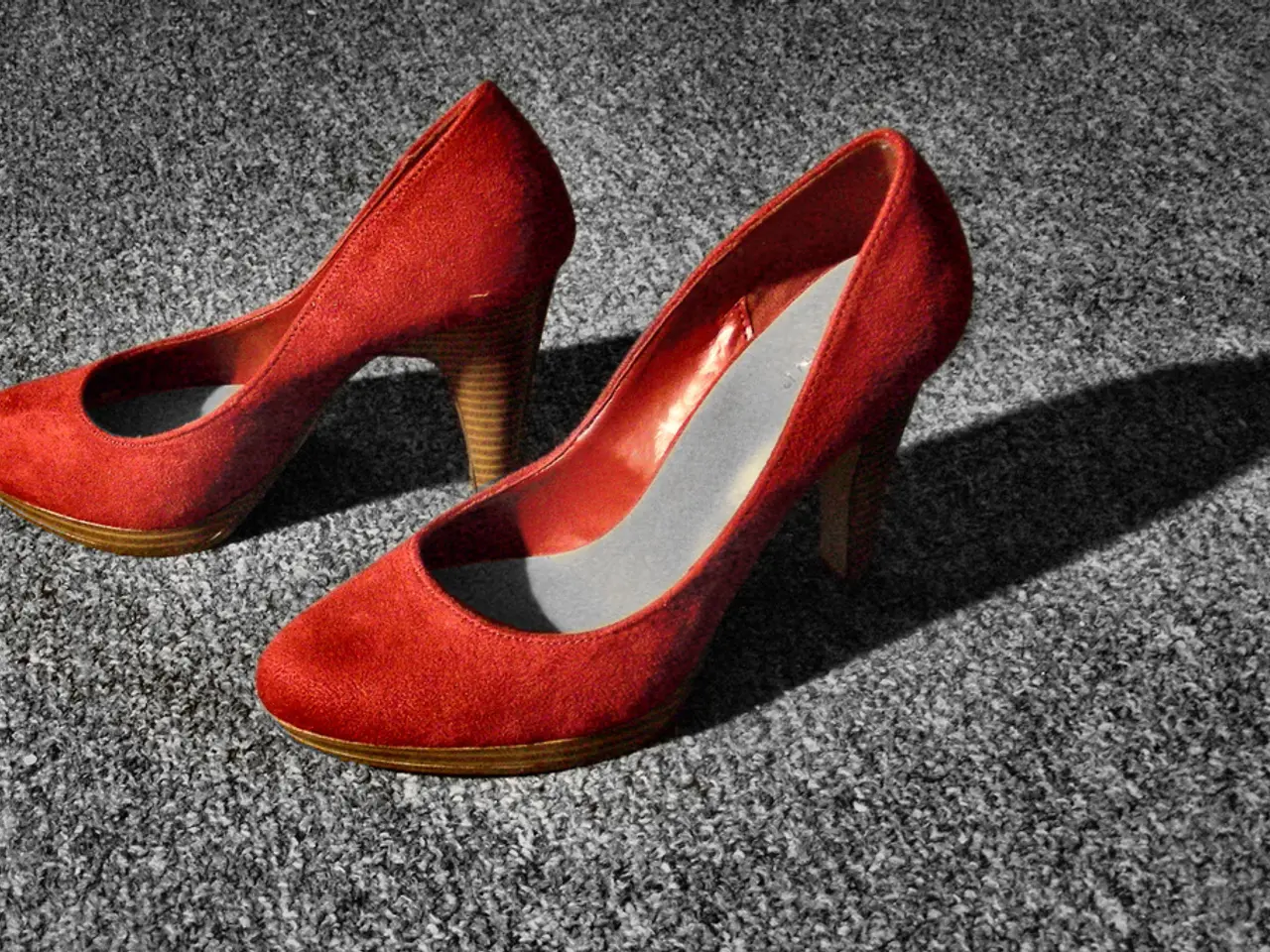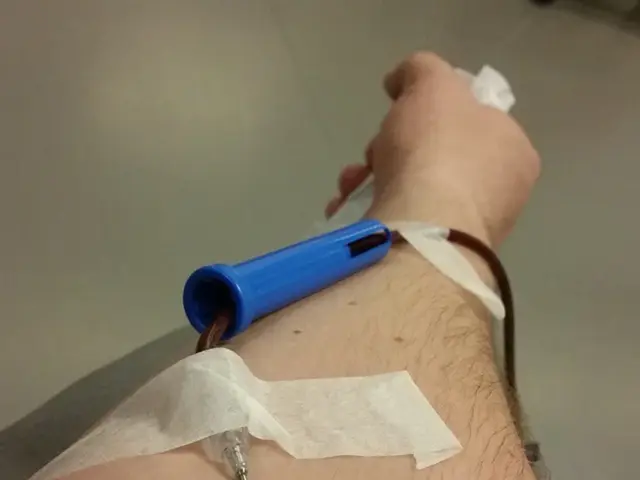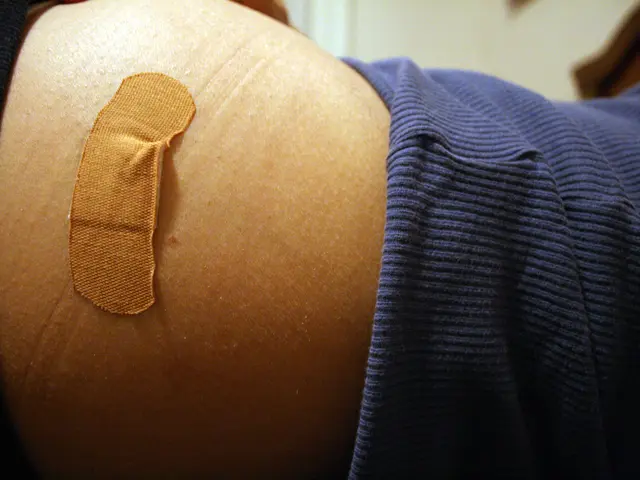Foot Top Bump: Reasons, Identification, and Remedies
**Common Causes and Symptoms of Bumps on the Top of the Foot**
Bumps on the top of the foot can be a source of discomfort and concern for many individuals. These lumps can be caused by various conditions, including ganglion cysts, bone spurs, bunions, bursitis, gout, and lipomas. Understanding these conditions and their symptoms is crucial for seeking appropriate treatment.
**Common Causes and Conditions**
- **Ganglion cysts:** These are non-cancerous lumps filled with jelly-like fluid, often found on the top of the foot near joints or tendons. They can be painless or cause discomfort and swelling.
- **Bone spurs:** Bony outgrowths that develop due to repetitive stress or arthritis; they can form on the top of the foot and cause pain or irritation.
- **Bunions:** A bony bump that develops at the base of the big toe when the first metatarsal bone shifts inward and the big toe moves outward. This condition is often inherited and caused by wearing tight shoes, foot shape, or arthritis.
- **Bursitis:** Inflammation of the bursae (fluid-filled sacs cushioning joints) on the foot can cause painful bumps, especially atop the foot or near joints.
- **Gout:** A form of inflammatory arthritis where uric acid crystals accumulate in joints, leading to sudden painful bumps or swelling on the foot, particularly around the big toe.
- **Lipomas:** Soft, benign fatty lumps that can appear under the skin anywhere including the foot; typically painless but can cause discomfort if they press on nerves.
**Symptoms**
A visible bump or lump on the top or side of the foot is the most common symptom. Other symptoms may include pain or tenderness that worsens with walking or shoe pressure, swelling or redness around the bump, limited range of motion or difficulty walking if the bump affects joint function, and occasionally, a bruise or discoloration if there has been trauma. For ganglion cysts, the lump may be soft, movable, and occasionally fluctuate in size.
**Treatments**
Treatment depends heavily on the underlying cause. Conservative treatments include wearing wider shoes with soft soles and ample toe space to reduce pressure, using custom orthotics to improve foot alignment and decrease irritation, applying padding or toe spacers to cushion the bump areas, taking anti-inflammatory medications to reduce swelling and pain, and steroid injections for intense inflammation. For plantar fibromas or similar lesions, enzyme injections, shockwave therapy, or topical agents can be used to reduce size and pain. Surgical interventions may be considered when conservative treatment fails or if the bump causes significant pain, deformity, or limits function.
**When to See a Doctor**
If the bump is painful or persistent, worsens over time, or causes difficulty walking, it is recommended to seek medical attention. If there is significant swelling, redness, or warmth, suggesting infection or gout attack, immediate medical consultation is advised. When conservative measures do not relieve symptoms, or if the bump is growing rapidly or feels unusual, it is essential to rule out more serious causes. Early evaluation by a podiatrist or healthcare professional is recommended to obtain an accurate diagnosis and appropriate treatment plan, which can help slow progression and improve quality of life.
- Ankylosing spondylitis: This is an inflammatory arthritis that can affect the spine and possibly the joints of the foot, leading to pain and stiffness in the toes or ankles.
- Eczema: A common skin condition characterized by dry, itchy, and scaly patches, although not typically present on the feet, it can sometimes affect the medial sides of the feet.
- NSCLC (Non-small cell lung cancer): While not directly related to bumps on the foot, it's essential to be aware of any health concerns, including serious medical conditions like NSCLC, which may require early and appropriate medical interventions.
- Sclerosis: Multiple sclerosis is a neurological disease that can potentially affect various parts of the body, including the feet, leading to issues such as muscle weakness, numbness, or gait problems.
- HIV: In advanced stages of HIV, some individuals may develop conditions such as neuropathy, which can cause abnormal sensations, pain, or tingling in the feet.
- Depression: Mental health conditions like depression can impact an individual's overall well-being, contributing to feelings of discomfort and concern when dealing with bumps on the foot.
- Predictive analysis in medical-conditions: Understanding and monitoring symptoms of various health and wellness issues, like foot bumps, can aid in early detection and predictive analysis, leading to more effective treatments and improved health outcomes.
- AQ (Anti-quackery): When seeking treatment for any medical condition or foot issue, it's crucial to consult a licensed healthcare professional like a podiatrist, to ensure accurate diagnoses and appropriate care based on science and evidence.




